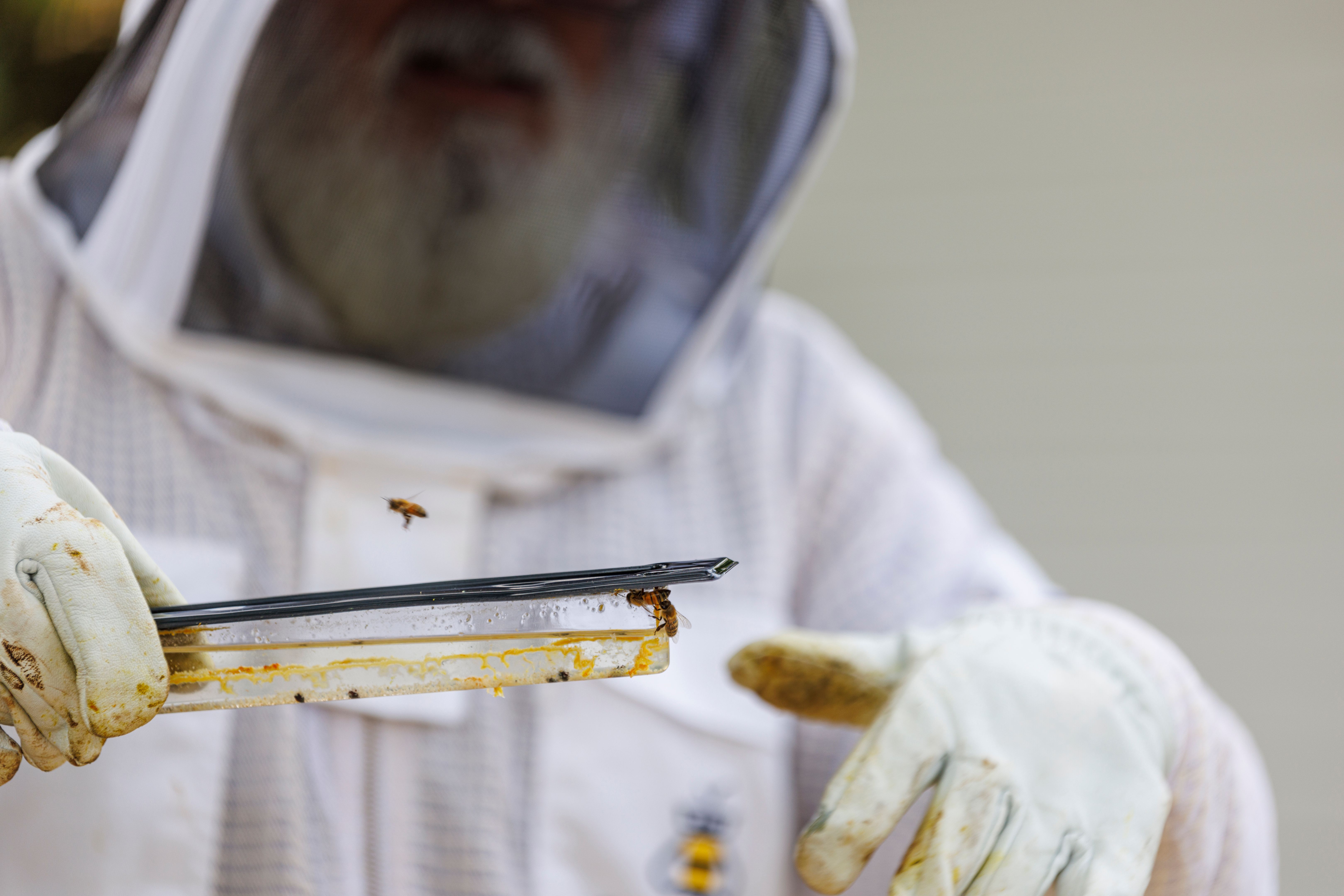Preparing Beehives for the Rainy Season: Essential Steps
Understanding the Impact of Rain on Beehives
Rainy seasons can pose significant challenges for beekeepers. Water can easily seep into hives, causing damp conditions that may lead to mold growth or weaken the bees' health. Preparing beehives before the arrival of rain is crucial to ensure the colony remains strong and productive.

Choosing the Right Location
The first step in preparing your beehives for rain is selecting an appropriate location. Ideally, place the hives on a slight incline to allow water to drain away easily. Avoid low-lying areas prone to water pooling. Ensure that the hive entrance faces away from prevailing winds to prevent rain from blowing directly into the hive.
Ensuring Proper Hive Insulation
Proper insulation is key to keeping your bees warm and dry. Consider using hive wraps or insulated covers designed specifically for beehives. These products can help maintain a stable internal temperature and prevent moisture from entering. Additionally, check the hive for any cracks or gaps and seal them with non-toxic caulk or bee-friendly tape.

Maintaining Ventilation
While insulation is crucial, it is equally important to maintain adequate ventilation within the hive. Good airflow helps reduce moisture buildup and prevents mold. Use a screened bottom board or an inner cover with ventilation holes to promote air circulation without compromising insulation.
Providing Additional Protection
Consider installing a sloped roof or hive cover to direct rainwater away from the hive entrance. Some beekeepers also use waterproof tarps to shield hives from excessive rain, although it's important to ensure this doesn't block ventilation. Regularly check these protective measures throughout the rainy season to ensure they remain effective.

Managing Hive Feed
During the rainy season, foraging opportunities may decrease, making it essential to provide supplementary feed. Use sugar syrup or fondant as a food source, ensuring it remains dry and accessible within the hive. Check and refill the feed regularly to support your colony’s nutritional needs during inclement weather.
Inspecting for Pests and Diseases
The damp conditions associated with rain can exacerbate pest and disease issues in beehives. Regular hive inspections are necessary to monitor signs of infestations such as Varroa mites or symptoms of diseases like chalkbrood. Implement preventative measures and treatments as needed to keep your colonies healthy.

Conclusion: Staying Proactive
By taking proactive steps to prepare your beehives for the rainy season, you can significantly reduce potential risks and maintain a thriving bee colony. Regular monitoring and maintenance are essential, so remain vigilant throughout the season. With the right preparations, your bees can continue to flourish despite the challenges that rainy weather may bring.